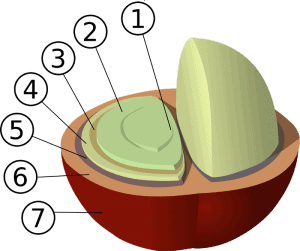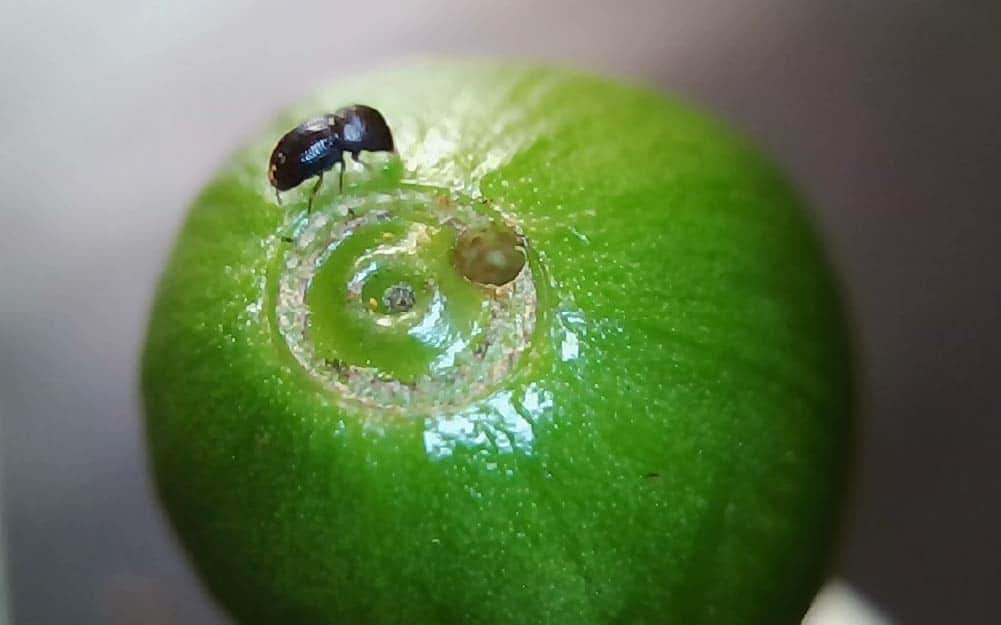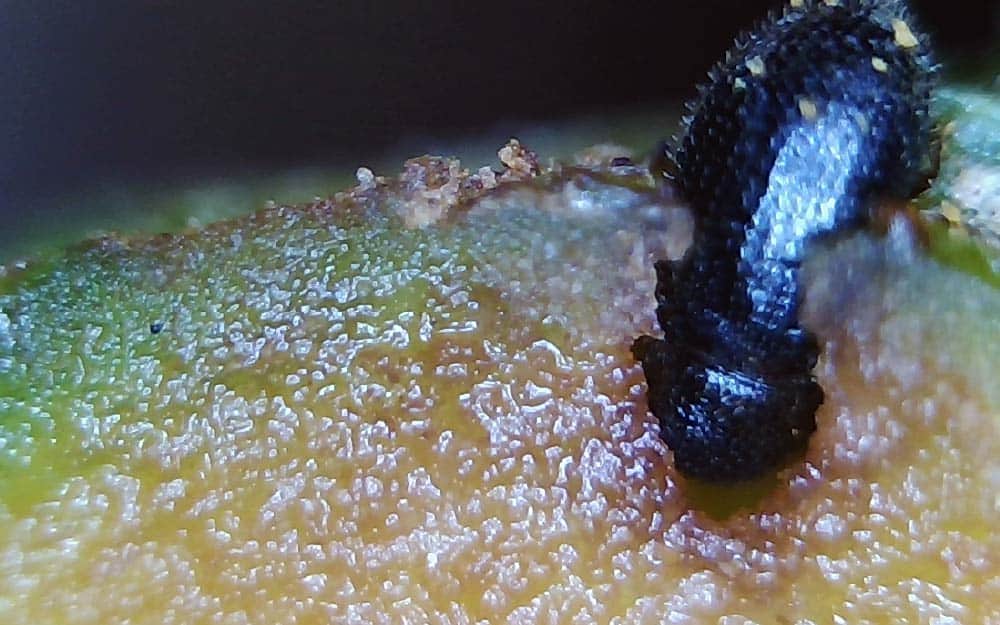Variables Influencing Coffee Harvest
As many of you may or may not know, coffee trees produce pulpy fruits called berries or coffee cherries. The actual coffee beans grow in pairs inside the cherry. The rate at which they grow and the resulting quality of the beans are highly dependent on the following variables:
- Coffee tree variety or cultivar
- Temperature
- Elevation
- Rainfall
- Soil conditions (pH, aeration, water filtration, and nutrients)
It takes approximately three years after being planted for a coffee tree to start producing cherries. The above factors can affect this time frame, either delaying or accelerating maturity.
Coffee Cycle
Once mature, the coffee trees will start to fill their branches with small white flowers. Arabica coffee is self-pollinating. After pollination, the flowers will begin to fall, leaving behind a carpel or small node. This carpel will grow for 6 to 8 months, changing from a small green dry fruit into a more prominent juicy cherry. The maturation process ends when the cherries have turned red or yellow, depending on the variety. At this point, the fruits are ready to be picked.
Coffee Cherry Structure
Coffee cherries have a complex, layered structure. Each layer plays a vital role in the flavor profile of the coffee. The layers left or removed during the fermentation and processing methods will also contribute to the characteristics of the resulting roasted beans.

- Center cut
- Seeds (aka coffee beans)
- Silver skin or chaff
- Parchment or hull
- Pectin layer
- Pulp or mucilage
- Outer skin
Coffee Cherry Nemesis

Even though coffee is a hardy fruit with few natural enemies, a tiny one can completely devastate entire crops and even jeopardize a whole country’s production. That is the case with the Coffee Berry Borer, a little black beetle. Female beetles fly up to the coffee cherries and drill their way in through the tip of the fruit not attached to the branch. Once inside, the female creates a nest and lays eggs which will hatch into larvae. The Larvae and mother will continue to feed on the beans. Many of the affected berries will fall from the tree and never complete the maturation process. Those remaining can destroy a batch’s flavor profile if they are not identified and removed during processing. Coffee affected by the berry borer reduces bean density or fungus infestation resulting in cups with fermented or moldy taste.

Fun Fact
Caffeine is toxic for most animals, but the coffee berry borer “has a detoxification system based on microbial communities, therefore, is able to perform its life cycle in this plant, exposed to high levels of caffeine, being able to consume the equivalent to 500 espressos, a level so high of the substance that it would kill a person.”
Source: Sciencedaily.com
